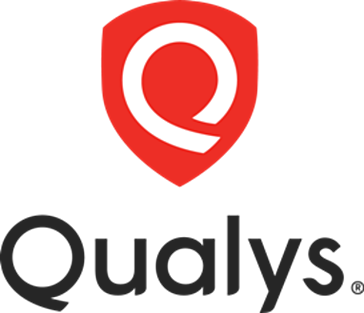Greip and Qualys integration
Save yourself the work of writing custom integrations for Greip and Qualys and use n8n instead. Build adaptable and scalable workflows that work with your technology stack. All within a building experience you will love.

How to connect Greip and Qualys
Create a new workflow and add the first step
In n8n, click the "Add workflow" button in the Workflows tab to create a new workflow. Add the starting point – a trigger on when your workflow should run: an app event, a schedule, a webhook call, another workflow, an AI chat, or a manual trigger. Sometimes, the HTTP Request node might already serve as your starting point.
Build your own Greip and Qualys integration
Create custom Greip and Qualys workflows by choosing triggers and actions. Nodes come with global operations and settings, as well as app-specific parameters that can be configured. You can also use the HTTP Request node to query data from any app or service with a REST API.
What can you do with Greip?
ASN Lookup
Lookup Autonomous System Number (ASN) data
BIN Lookup
Retrieve comprehensive information associated with a debit or credit card
Country Lookup
Retrieve detailed information about a given country
Domain Lookup
Lookup any domain name and retrieve associated data and risk evaluation metrics
IBAN Lookup
Validate a given IBAN and obtain essential information about the issuing country
IP Lookup
Retrieve comprehensive information about a given IP address
Email Scoring
Score any email address and retrieve its risk evaluation metrics
IP Scoring
Get threat intelligence and risk scoring for an IP address
Payment Fraud Detection
Detect and score payment fraud risk for a transaction
Phone Scoring
Score any phone number and retrieve its risk evaluation metrics
Profanity Detection
Detect offensive or inappropriate language in a given text
Supported API Endpoints for Qualys
List Assets
Fetches a list of all assets.
Create Asset
Creates a new asset.
Get Asset
Fetches details of a specific asset by ID.
Update Asset
Updates a specific asset by ID.
Delete Asset
Deletes a specific asset by ID.
List Scans
Fetches a list of all scans.
Launch Scan
Launches a new scan.
Get Scan
Fetches details of a specific scan by ID.
Update Scan
Updates a specific scan by ID.
Delete Scan
Deletes a specific scan by ID.
List Reports
Fetches a list of all reports.
Generate Report
Generates a new report.
Get Report
Fetches details of a specific report by ID.
Update Report
Updates a specific report by ID.
Delete Report
Deletes a specific report by ID.
List Policies
Fetches a list of all policies.
Create Policy
Creates a new policy.
Get Policy
Fetches details of a specific policy by ID.
Update Policy
Updates a specific policy by ID.
Delete Policy
Deletes a specific policy by ID.
To set up Qualys integration, add the HTTP Request node to your workflow canvas and authenticate it using a predefined credential type. This allows you to perform custom operations, without additional authentication setup. The HTTP Request node makes custom API calls to Qualys to query the data you need using the URLs you provide.
Take a look at the Qualys official documentation to get a full list of all API endpoints
Greip and Qualys integration details
FAQ
Can Greip connect with Qualys?
Can I use Greip’s API with n8n?
Can I use Qualys’s API with n8n?
Is n8n secure for integrating Greip and Qualys?
How to get started with Greip and Qualys integration in n8n.io?
Looking to integrate Greip and Qualys in your company?
The world's most popular workflow automation platform for technical teams including
Why use n8n to integrate Greip with Qualys
Build complex workflows, really fast


